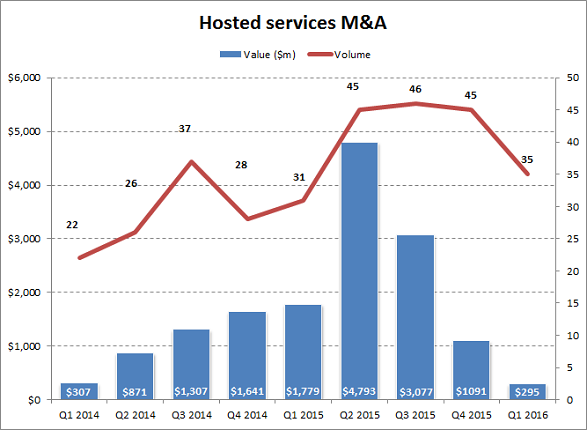Contact: Mark Fontecchio
In a few short years, Nokia has gone from selling devices that consumers hold in their pockets to ones they can wear on their person. With the $191m purchase of Withings, Nokia risks getting into wearables as the market shows signs of slowing. Continuing its transformation from a mobile phone vendor to a networking provider, Nokia’s products now include Internet of Things (IoT) edge devices. In addition to selling wearable activity trackers, Withings offers Internet-connected weight scales, blood pressure cuffs and baby monitors. Nokia’s push into digital health, a growing area of IoT, complements a networking business that the company built primarily with its $16.5bn acquisition of Alcatel-Lucent last year.
This deal may seem to be somewhat of an outlier for Nokia, yet it has already been slowly dipping its toes back into the consumer products game to capitalize on still-existing cachet. Nokia’s stand-alone venture firm also recently announced a $350m investment fund targeted at IoT startups, with digital health being a focus. However, a recent 451 ChangeWave report showed that demand for health and fitness monitors is slowing, with 5% of consumers planning on buying such a device compared with 9% at the same time last year. Also, while IoT saw a boom in M&A last year with 109 transactions, activity has slowed thus far in 2016 and is on pace to decrease, according to 451 Research’s M&A KnowledgeBase.
The reach for Withings, which is based in France and has about 200 employees, is the latest move in Nokia’s shift in strategy. Five years ago, more than half of every Nokia sales dollar came from its mobile phone business, but the company was hemorrhaging revenue and operating in the red. By divesting its device and auto navigation divisions, as well as buying Alcatel-Lucent, Nokia has become a much smaller organization, albeit one turning a profit with cash in the coffers to spend.
For more real-time information on tech M&A, follow us on Twitter @451TechMnA.

![Alibaba_active_buyers_copy[1]](http://blogs.451research.com/techdeals/files/2016/04/Alibaba_active_buyers_copy1.png)
